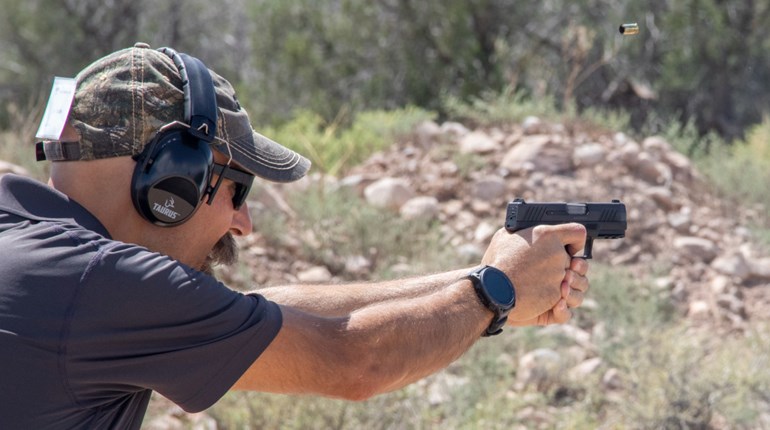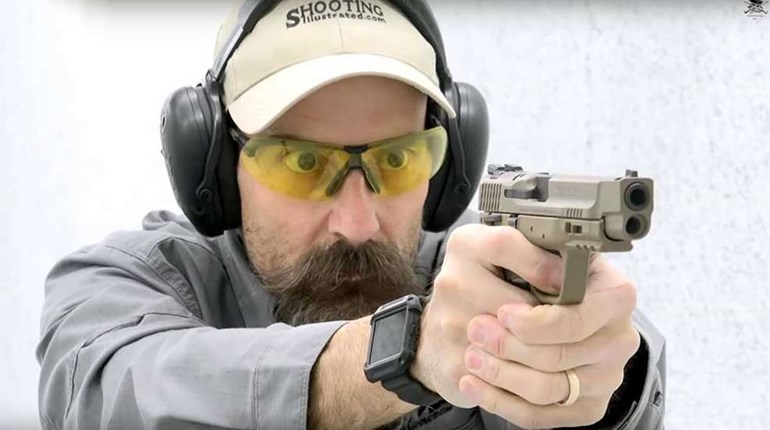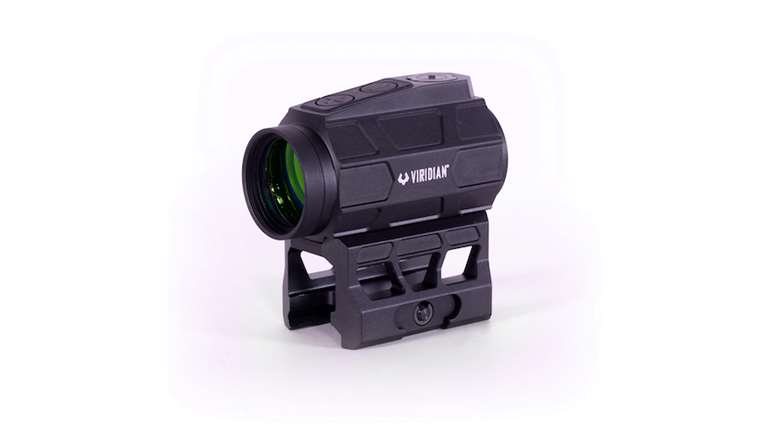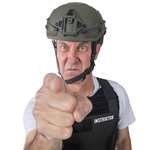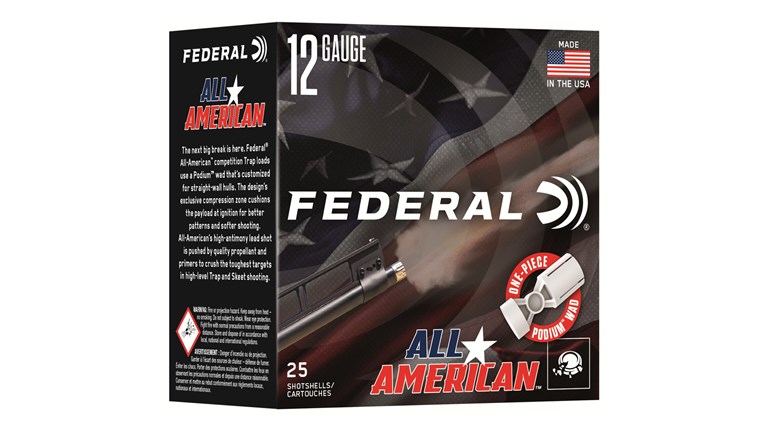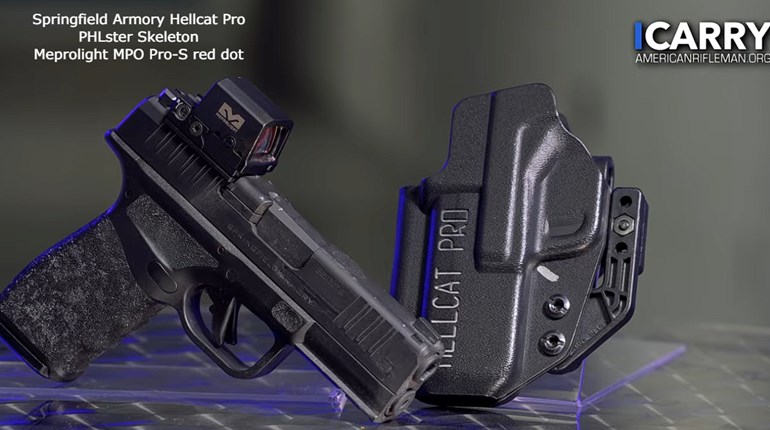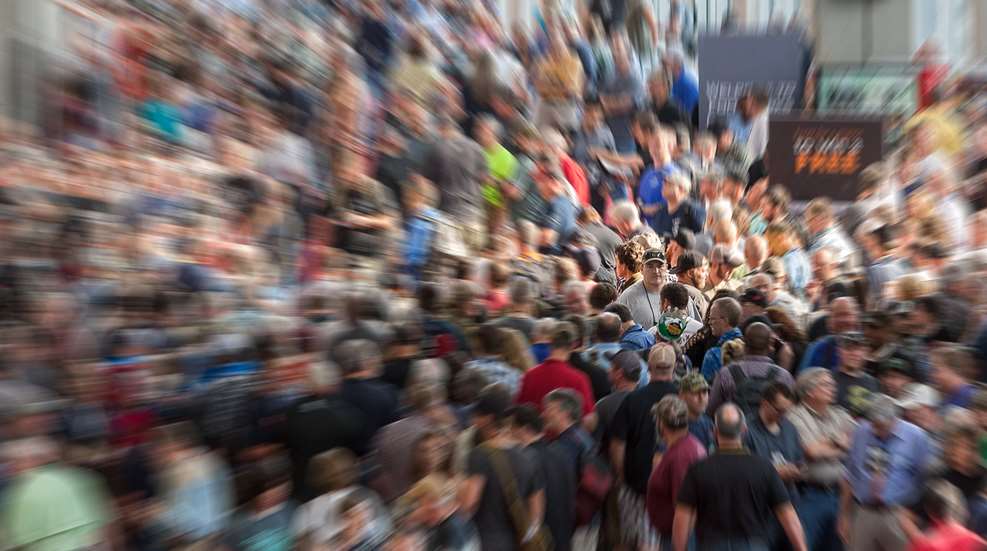
You walk into a crowded restaurant and decide to sit with your back to the wall. Why might this sometimes not be the best idea? What are your priorities when it comes to defending a confined area and further using your environment as a self-defense option in engaging a violent physical threat?
“It is better to be a warrior in a garden than to be a gardener in a war.”
The mind of a trained warrior is a byproduct of mental discipline and commitment to becoming a better operator. As such, responsible gun owners know that they must train for safety, maintenance, gun handling and defensive marksmanship to a functional level. To carry a gun without such minimal proficiency renders one ineffective and a potential liability in any scenario that may warrant a shooting solution.
Equal in standing with skill at arms is the ability to control your immediate environment. As most shooters engage in firearm training more so than environmental control, the following is for those seeking how to use their environment to prevail in a violent physical altercation.
Visual Control
Either you control your environment, or your environment will control you. It takes a trained mindset to convert anything in your immediate vicinity, including your environment, into either a weapon or a target. When you can change your perspective, especially in a tactical scenario, you change your reality. Changing how you view your immediate surroundings is the first step in assuming control of it.
There’s no more accurate a quote applicable to visual control than famed 19th-century author Henry David Thoreau’s “It’s not what you look at that matters, but what you see.”
Case in point: Have you ever looked at your watch to see what time it is, but had to do a double take because you failed to see it the first time? What happened there was, yes you placed your eyeballs on the face of your watch, you “looked,” but nothing registered mentally, therefore you failed to see anything. Therein lies the difference between looking (glancing at something with your eyes) and seeing (engaging with subject(s) in your field of vision so that it registers mentally).
You are either prepared to engage an active threat or you are not. Using the skill to see, as opposed to just looking, affords you a useful tool in your kit for visualizing or taking stock of your immediate vicinity, commonly referred to in the physical protection industry as “environmental mapping,” and formulating a viable plan of action in preparation for a potential altercation.

Environmental Mapping
Environmental mapping—building a mental schematic of your immediate surroundings—is simply a matter of running two separate visual passes (scans) creating layers of relevant information needed to solve a tactical problem. The first is an initial or cursory scan, and the second a more detailed scan.
Your cursory scan, lasting only a matter of seconds, is utilized to perform a rapid assessment of your immediate environment where you are looking for any active threat(s) and to establish your field of vision.
Active threats: Using your vision like a flashlight starting from near to far, ask yourself the question “Is there anything or anyone that may pose a clear and present danger to myself and/or those with me?”
Field of vision: Familiarize yourself with your environment by establishing your field of vision in all directions. What are your architectural considerations (open area, confined area)? What are the farthest-most left and right margins of what you can and can’t see? What’s above you? What’s below you?
Next is your detailed scan, which may take about a minute. This is used to determine chokepoints, identify fields of fire and locate any reflective surfaces.
Chokepoints can be any actual or potential exit areas like doorways (aka “fatal funnels”), stairwells, “T” intersections, narrow hallways and the like. Primary chokepoints (main entrances and exits) are commercial or residential architecture you want to avoid in a panic with crowds of people.
All doors and windows are exits, and in a panic situation, where do you think everyone will run to? Yes, of course, you need to know where all your rapidly accessible exits are located and how to get to them quickly, but you should also know that they are considered chokepoints.
Most people, should they decide to run from a threat, will run for the most obvious exit, typically the front door—which, if an entire building filled with humans attempts to empty out of that same chokepoint and you’re not among the first few to reach it, will adversely impact your departure as you will come to a screeching halt at the bottleneck. If, however, you were made aware of a secondary exit (most people won’t have mapped it beforehand) then that may serve you best with fewer (if any) bodies filling the funnel.
You never want to come to a complete stop at a chokepoint in any physical altercation, as staying mobile is your highest priority. Running a secondary visual assessment (detailed scan) helps you identify your potential chokepoints and determine your optimal exit options.
Fields of fire: Should there be a need to go to guns, what and where are your backstops? Is it an exterior or interior wall or door? What are your round-penetration considerations? Where are your fixed group of humans congregated? Predetermined fields of fire reduce your environmental assessment time should the exigent situation warrant a shooting solution.
A detailed scan can also include locating any reflective surfaces such as windows, walls, hanging pictures, reflective artwork and the like. Such surfaces can extend your field of vision and in some cases allow you visual access to areas beyond your immediate line of sight.
Environmental mapping is a proactive measure strongly recommended by subject-matter experts from the world of professional protection. It allows you to take visual control of your immediate environment, develop a plan of action or movement and do all of this without anyone suspecting what you’re up to while you’re just sitting there, sipping your coffee.
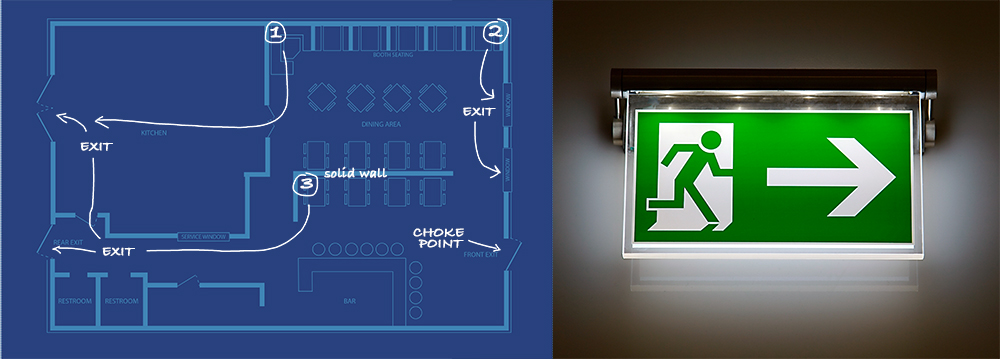
Action Planning
Reading your environment can and should be used to determine a viable plan of action or movement. “Read the need,” in protection terms, means you need reliable information input to the brain housing to formulate a working plan.
The first step in any viable plan of action or movement is to determine a safe area (your car, another building, an outside exterior wall, a parking lot, etc.) and how to get to it (which exits and routes to them), identify optimal cover, concealment and obstructions along a specific route to help usher you (and anyone else with you) to that safe area.
Cover is anything that can stop a bullet, such as a reinforced exterior wall, solid-steel door, engine block, etc. Concealment will not stop an incoming bullet, but can temporarily hide you from an assailant’s field of vision. Examples of cover might be under a table, in a closet, behind a curtain and so forth. An obstruction is anything that you can place between yourself and your assailant(s) should they be pursuing you. Taking the example of a parking lot, you can run in between parked cars or behind a trash can, utilizing them as an obstruction.
Using your detailed scan within your field of vision, glance around at potential target areas (exits) and imagine what you would need to do if you needed to move to one quickly. What pieces of cover can you move to that would stop a rifle round? If there’s no cover or if it’s not readily attainable, then what can you use as temporary concealment on your path to good cover? Where are your ready-made obstructions? What obstructions can you place between yourself and your assailant(s) that will make them react to your actions and buy you more time to get to your safe area?
For example, consider this scenario: You walk into the front door of a restaurant, traverse all the way to the farthest perimeter wall and decide “OK, I’m going to place my back against this farthest wall so that I can
see the front door and maintain a wider field of vision.”
After running your cursory scan, you realize that there are two additional exits even closer to you and that the distance from your position to the front door is the longest of the three exits. Knowing now that it’s the longest route of the three and most likely a chokepoint, is your most effective exit still the front door? Running your detailed scan may in some cases cause you to either change physical positions or formulate an alternate exit plan.
A typical breakdown of environmental mapping and action-planning considerations might run something like this:
Cursory scan: Is there an immediate threat within arm’s reach? On the other side of the room? At the very back of the building? Looking from near to far, determine that the environment is free of any clear and present danger. OK, there’s no immediate threats, so now set your field of vision. How far can you see in all directions?
Detailed scan: Following your cursory scan, you can then make a more detailed visual sweep (with mental engagement) of your immediate environment. Are you in a confined or open area? If it hit the fan now, where is your predetermined safe area? Is it your car? Another room? Another building? Are there others with you? How would you get there? What nearest exit would you run for, and which path would you take to get there? Is it a potential chokepoint? Are there any reflective surfaces in your field of vision and what can you see using them? If you had to make a run for it, how many additional escape routes are there? Which is the second nearest? Of the available escape routes, which is the most tactically advantageous? Where are your other chokepoints? Are there alternate routes to avoid them? After answering these questions, you can ponder and develop a plan of action or movement.
Action plan: If the situation calls for it, is this a tactical solution or a shooting solution?
If you cannot run, where would be the best place to post up and fight if you had to? If you had to go to guns, where would you position yourself for an optimal backstop? If you cannot go to guns, then what is readily accessible in your immediate vicinity that you can pick up in your hand(s) for use as an improvised weapon? Either way, which position provides you the best cover? If it turned into a non-ballistic (hand-to-hand) confrontation, where would be your most advantageous position? What about any obstructions? Can you get something between yourself and the threat(s) which would slow them down and buy you more time to calculate a solution?
Although environmental mapping and a solid plan of action can be tremendously beneficial and provide you the tactical advantage, especially under duress, it’s still important to remain situationally aware. Being able to see it, smell it or hear it coming places you ahead of the action-reaction power curve, as forewarned is forearmed.
Visually and mentally engaging your immediate surroundings is achieved by environmental mapping and developing a plan of action, resulting in a predetermined, layered solution to a physical problem using your environment to prevail.













